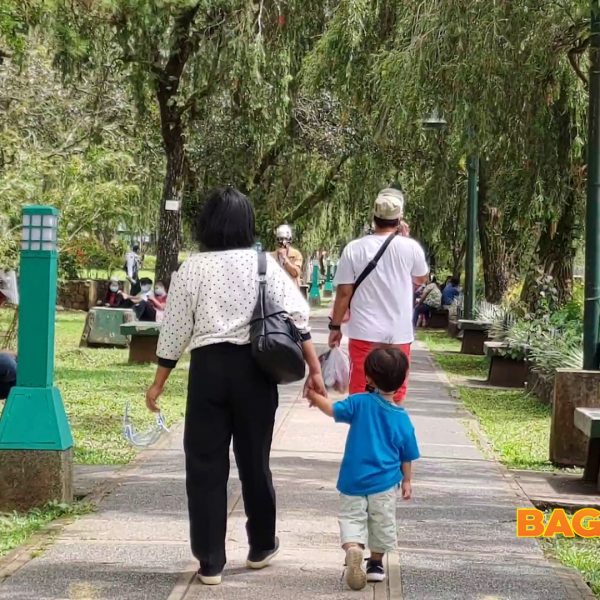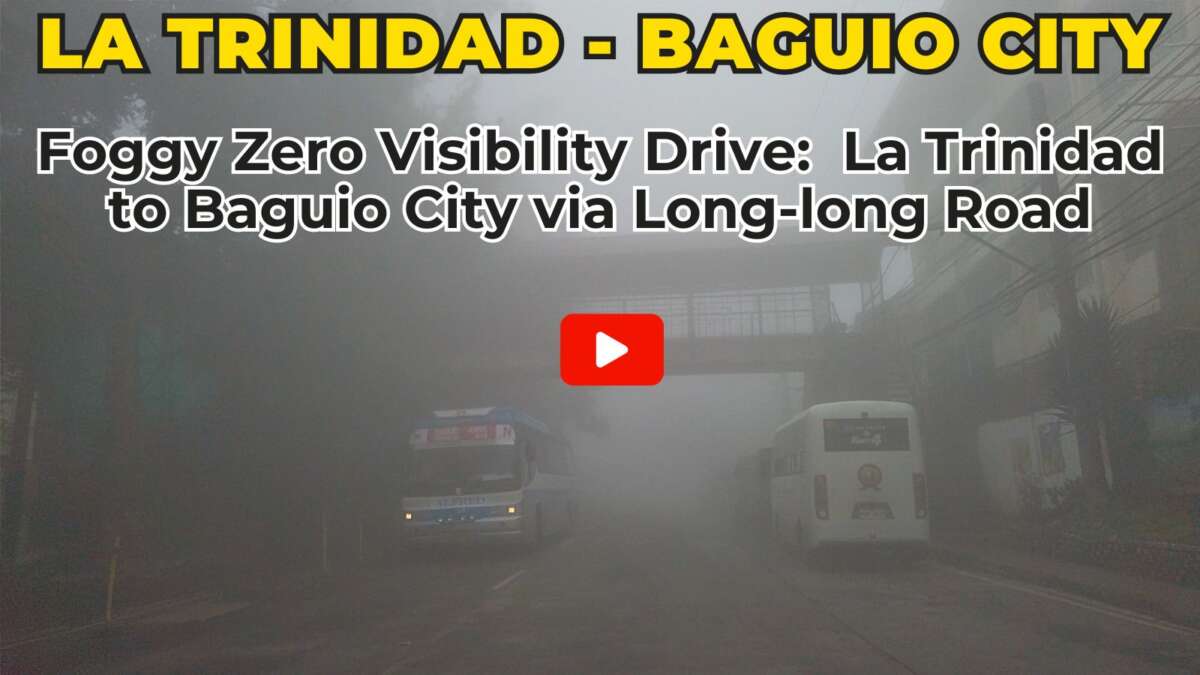Scientists Defy Nature as they Create Diamonds in a Lab
It usually takes billions of years, huge amounts of pressure, and temperatures above 1,000 degrees Celsius in order for natural diamonds to be formed. However, on Thursday, November 19, 2020, it was revealed by the RMIT University that a team of researchers has successfully created diamonds in minutes within a laboratory at room temperature.
“Our international team has created two different types of diamond at room temperature — and in a matter of minutes. It’s the first time diamonds have successfully been produced in a lab without added heat.”
– Dougal McCulloch from RMIT University, and Jodie Bradby from Australian National University on The Conversation
It may seem impossible, but the team which was led by RMIT University and The Australian National University even made two types of diamonds. One is the kind found on an engagement ring and the other one is called Lonsdaleite which was first discovered in nature, at the site of a meteorite crater.
In a lab setting both of the diamonds can be formed at room temperature through applying high pressures. “The twist in the story is how we apply the pressure,” said Bradby, one of the authors of the research.
To encourage the formation of diamond, the researchers disclosed that they designed an experiment where a small chip of graphite-like carbon was subjected to both extreme shear forces and high pressures.
Through an advanced electron microscopy, both regular diamond and Lonsdaleite were found in the sample. “A thin “river” of diamond (about 200 times smaller than a human hair) was surrounded by a “sea” of Lonsdaleite,” as they described.
Lonsdaleite, predicted to be 58% harder than regular diamond, can potentially be used for cutting through ultra-solid materials on mining sites according to Bradby, revealing that creating such diamond is their long-term aim.
For More News and Updates
Are you looking for more news and updates like this one? Feel free to explore our Baguio City Guide website and our Baguio City Guide Facebook page to catch more news and updates.
Source: Science Alert, Small| Journal, The Conversation, RMIT University












